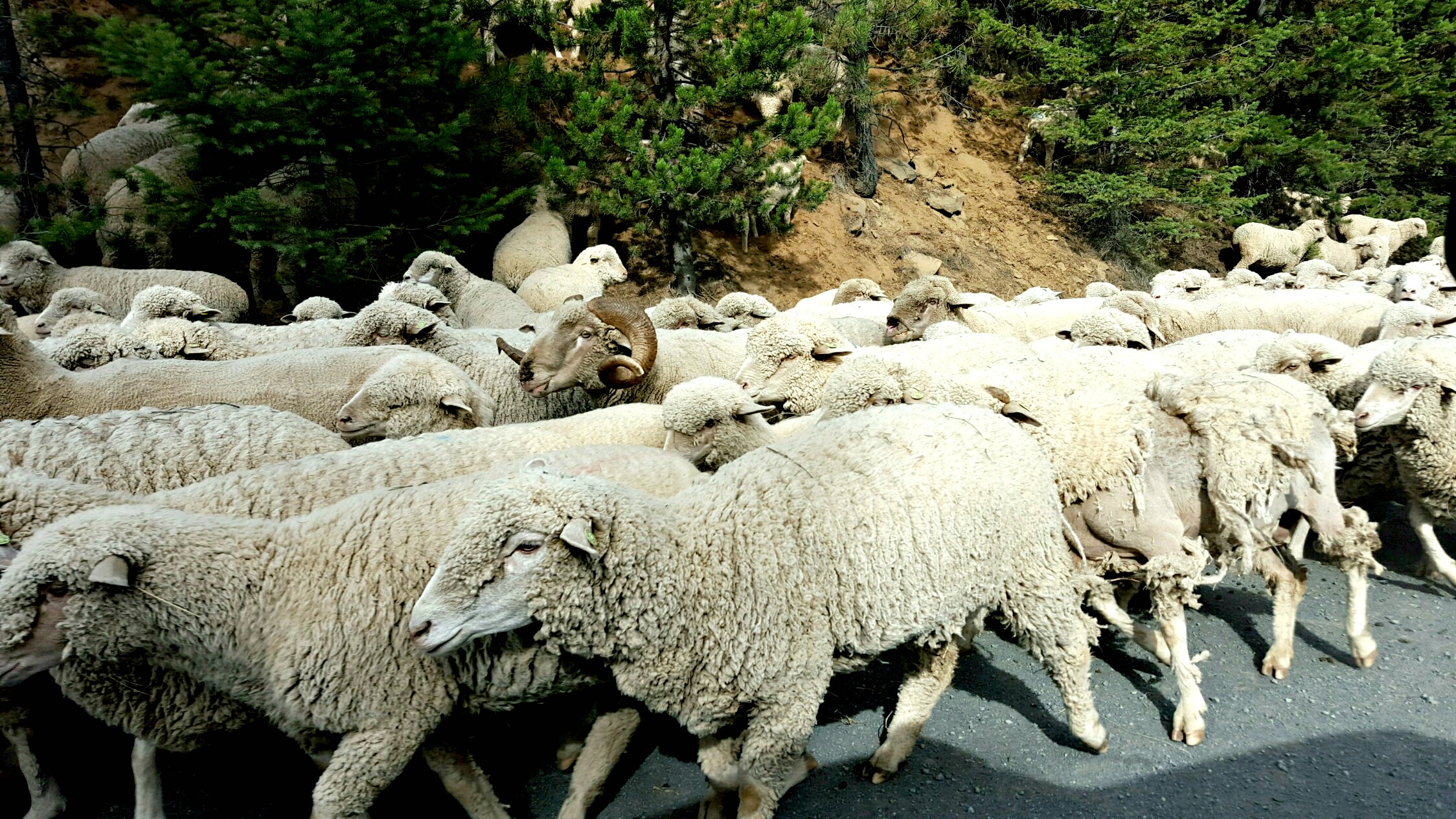Producers, landowners, and land managers in the Northwestern U.S. are facing the challenges of increased variability and severity of weather events due to a changing climate and are altering their management decisions as a result. We can understand climate as a long-term average over decades to centuries, whereas weather refers to changing conditions of the atmosphere over shorter periods of time from minutes to months.
In the Northwest, winter snowpack is essential for meeting irrigation needs during the growing season. Warmer winters and springs can result in reduced snowmelt and more rain than snow in the mountains, reducing water flow during the peak growing season when irrigation, municipal and wildlife demands are at their highest. Since the 1980s, the region has experienced higher average temperatures and in certain years a reduced snowpack. These trends are expected to continue, with consequences in both rain fed and irrigated agricultural sectors. Higher temperatures and changes to precipitation can also lead to longer periods of drought, floods, more heat stress to crops, and livestock, and changes to pests and disease dynamics; these changes will impact agricultural productivity in both positive and negative ways.
The long-term climate projection for the Northwest is for warmer temperatures and increasing inter-annual variability in both rainfall and temperature. More precipitation will fall in the winter and less precipitation in summer. With warmer temperatures winter precipitation will be in for the form of rain rather than snow. Also longer dry-periods between precipitation events is predicted. Regional climate predictions are important as they can enable producers and land managers to plan for the future in order to adapt management practices to maintain sustainable, productive landscapes in the face of a changing climate.
Maintaining sustainable and productive agricultural production systems and natural ecosystems in the face of an increasingly variable and changing climate requires that producers and land managers have the information they need to plan and to continue to adjust management to ensure sustainable productive landscapes. View adaptive resources suggested by the Northwest Climate Hub and tools.
Adapting agriculture to a changing climate depends on the type of production system that a producer is working within, coupled with an assessment of the vulnerability of that system. However, there are some strategies throughout the Northwest that producers are implementing to build greater resilience in the face of more extreme and variable weather, these include:
- New genetics of livestock, stocking with different breeds and changes to pasture management

- Dry farming in Western Oregon and Washington to respond to reduced water for irrigation or early shutoffs for junior water rights holders
- Focus on soil health and erosion prevention
- Changes to irrigation efficiency
- Diversifying cropping systems
- New varietals (e.g., wine grapes/fruit & nut trees)
Find additional resources to aid with adaptation to climate change on agricultural lands and decision support tools.

